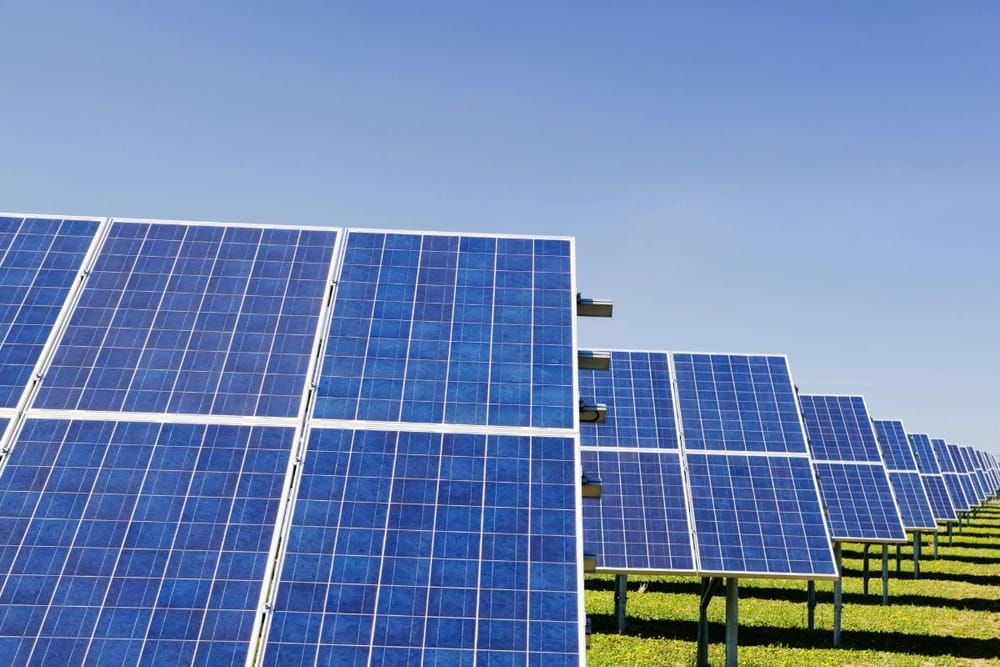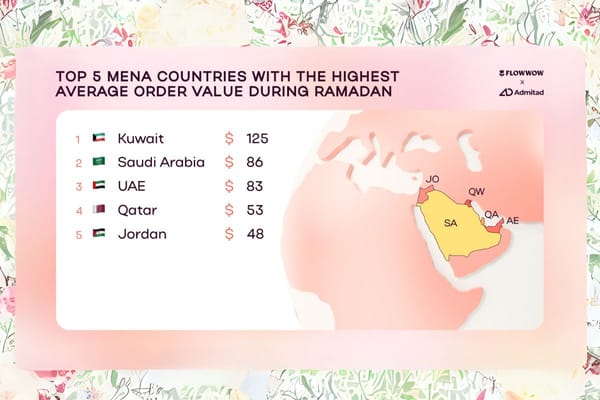The International Renewable Energy Agency (IRENA) released its Renewable Capacity Statistics 2025, revealing a record-breaking expansion in global renewable energy in 2024, with 585 GW added—bringing total global renewable capacity to 4,448 GW. This marks a 15.1% annual growth rate, the highest on record, with renewables accounting for 92.5% of all new capacity additions.
While this progress marks a significant milestone, IRENA warned that it falls short of the pace needed to achieve the global target of tripling renewable capacity to 11.2 terawatts by 2030. To meet this goal, annual capacity must now grow by 16.6% each year through the end of the decade.
The report highlights continued regional imbalances, with Asia—led by China—accounting for 64% of the new capacity. In contrast, Central America and the Caribbean contributed only 3.2%. The G7 nations accounted for 14.3%, while the G20 nations were responsible for 90.3% of global additions.
IRENA Director-General Francesco La Camera noted:
“Renewables continue to break growth records, proving their economic viability and readiness for scale. But regional disparities persist, and time is running out. I urge governments to use the next round of Nationally Determined Contributions (NDCs 3.0) to set clear renewable energy targets and call on the international community to support Global South countries.”
UN Secretary-General António Guterres added:
“Renewables are powering down the fossil fuel age. They’re creating jobs, lowering bills, and cleaning our air. But the transition must be faster and fairer.”
Technology Highlights
- Solar Energy: Continued to dominate with 451.9 GW added, making up 77% of total renewable growth. China led with 278 GW, followed by India (24.5 GW).
- Wind Energy: Reached 1,133 GW, growing by 11.1%, although expansion slightly slowed. China and the United States were the main contributors.
- Hydropower: Now at 1,283 GW, showed a strong rebound. Notable contributions came from Ethiopia, Indonesia, Nepal, Pakistan, Tanzania, and Vietnam.
- Bioenergy: Recovered with 4.6 GW added, led by China and France (1.3 GW each).
- Geothermal: Expanded by 0.4 GW, driven by New Zealand, Indonesia, Türkiye, and the US.
- Off-Grid Electricity: Nearly tripled, growing by 1.7 GW to reach 14.3 GW, primarily through off-grid solar in developing regions.
Despite some decommissioning of fossil-fuel-based capacity in various regions helping to raise renewables’ share, the current pace is not sufficient to meet global climate targets or align with the Paris Agreement.
IRENA is calling for quantifiable renewable energy targets in NDCs 3.0 and continues to assist member countries with the implementation of clean energy strategies through country-level engagement.
With a rapidly narrowing window to act, the report serves as both a celebration of progress and a call for accelerated, equitable action to secure a sustainable energy future.
News Source: Emirates News Agency









